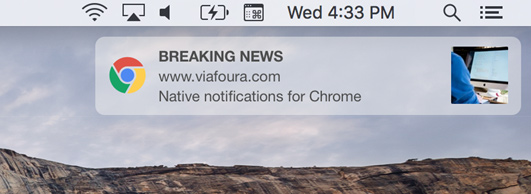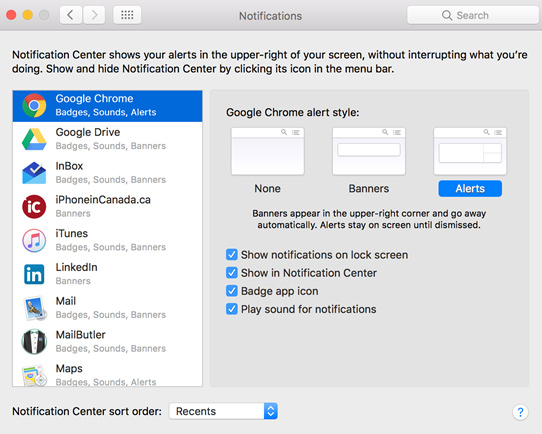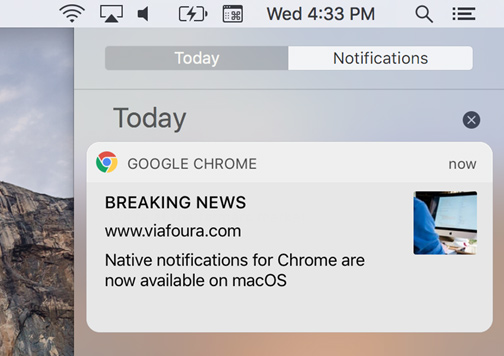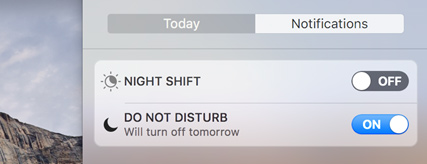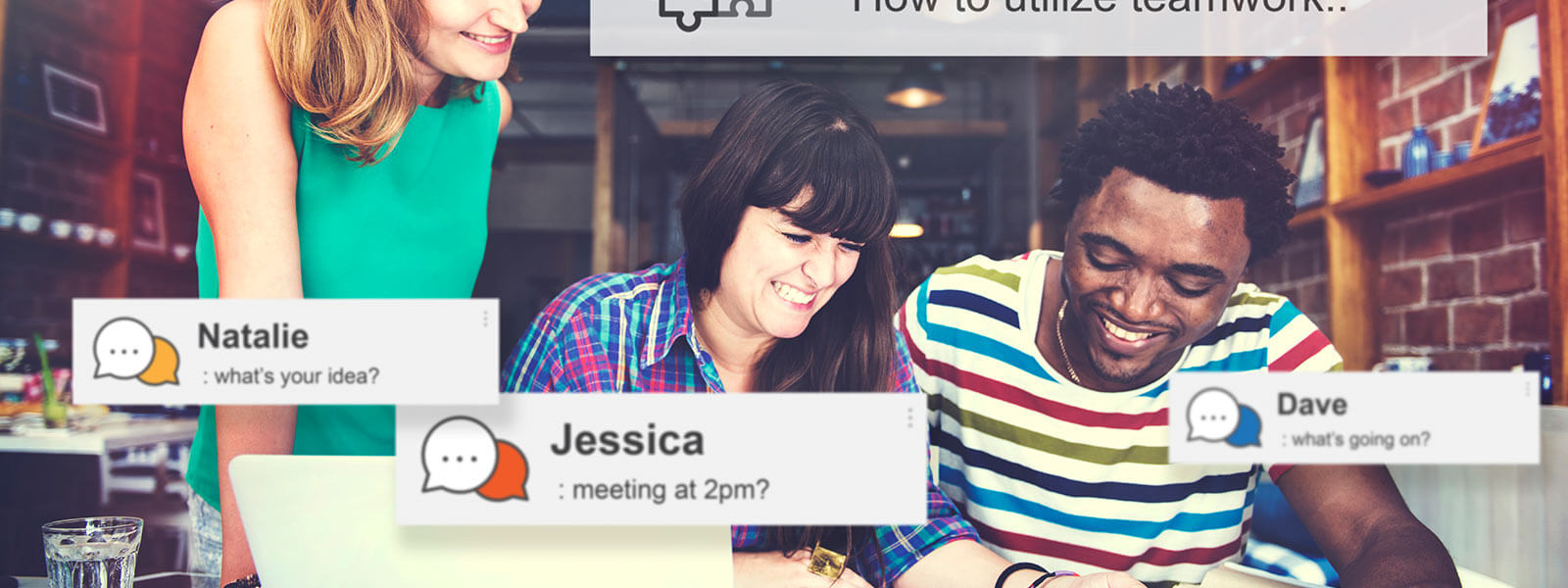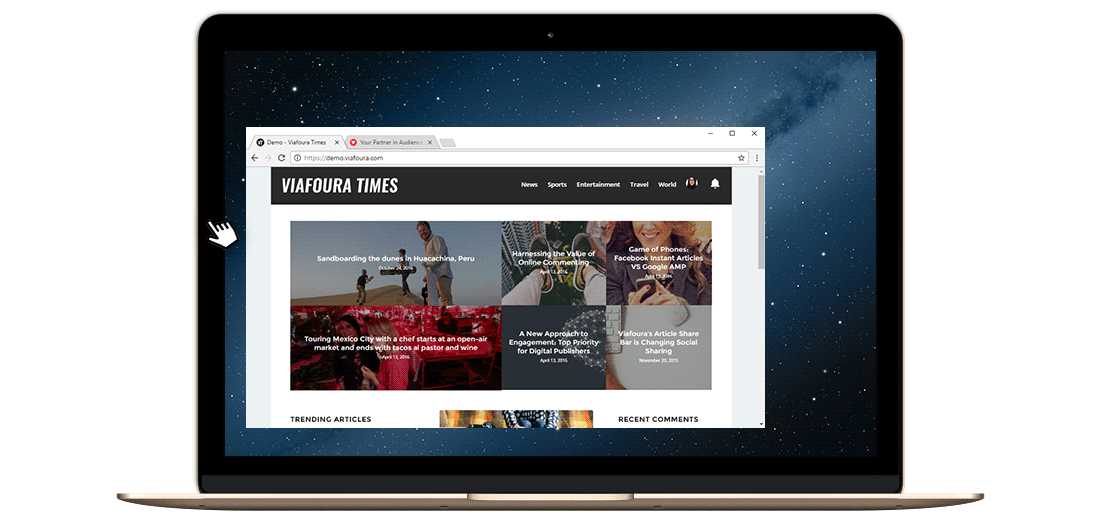As a publisher, you’ve worked hard to create valuable and exciting content. You’ve likely worked even harder to funnel visitors to your site and turn them into paying users. Now you face the biggest challenge of all:
Retaining and engaging your prized subscribers.
There are dozens of retention strategies that publishers can implement to keep their users from clicking the dreaded “unsubscribe” button. Still, not all of them are equally robust. We’ve gathered a few of our favorite and most effective retention strategies below.
Find and Use the Right Engagement Tools
When most publishers think about community building and engagement tools, they think of social media. Social platforms are highly effective because users can’t help checking for the latest updates. The fear of missing out (FOMO) has become one of the most potent audience development and engagement tools.
While social media can help you build an online community or encourage subscribers to develop brand loyalty, it’s not the ideal strategy. Since most of the interactions happen off-site, you have very little access to first-party data and user information.
Why is first-party data so critical? At its core, it’s far more valuable and insightful than third-party data, and it’s yours. It’s the one way you can reliably learn about your audience’s tastes, interests, and habits. It’s also useful for developing personalized experiences through hyper-targeted audience segments.
Additionally, with the fast-approaching end of third-party cookies, gathering data through an external middleman will soon become nearly impossible. So, what can you do instead? Luckily, there are a few other options to keep your users engaged with on-site engagement tools and strategies.
Provide a Personalized Experience Right from the Start
Onboarding a new subscriber and providing them with a personalized experience is one of the most effective yet most underutilized strategies to turn a conversion into a loyal, paying user. According to the American Press Institute (API), fewer than 20% of publishers provide subscribers with personalized content recommendations, newsletters, or discounts.
Similarly, over 90% of publishers realize that onboarding is an invaluable part of the retention process. While 78% typically send a welcome email, less than a quarter tell new subscribers about the benefits they receive or the materials they can now access.
You need to make your audience feel valuable right from the start, and personalization is the best way to do so.
Add Value With Push Notifications and Newsletters
It can take up to 254 days for a person to form a new habit. That’s almost two-thirds of a year! That’s also how long you’ll need to constantly remind users to keep visiting your site before they’ll start doing it out of habit.
Okay, so that’s not true for all subscribers. However, most people just don’t have the time to check a site for the latest news or content every day, especially if the content isn’t always in line with their interests.
With personalized, curated push notifications and newsletters, you can let subscribers know if there’s something they might be interested in seeing. Not only will they feel more valued, but they’re also more likely to start checking your site for new and exciting content habitually.
Most importantly, they won’t want to lose access and will be more likely to renew their subscription when it becomes due.
Focus on Building a Community
We know that most publishers use subscription models to generate an income from their content. However, that shouldn’t be your only goal. If you focus on your audience and foster interaction, you’ll build a much stronger community.
While social media is one of the best places to do so, it doesn’t have to be the only one. There are several ways you can encourage interaction amongst subscribers through exclusive membership areas, virtual events, video tutorials, or webinars. Even something as simple as a comment section can impact your engagement rates, develop your audience, and help you build a community.
Analyze Your Results to Improve Retention Even More
Wouldn’t it be wonderful to have a 100% retention rate? As impressive as that sounds, it’s nearly impossible. Even large, global publishers lose subscribers somewhat continually. Instead of becoming discouraged by a canceled or lost subscription, analyze the data to gain insight into why it happened.
The biggest reason for churn is unengaged subscribers. According to API, over 50% of publishers don’t know how to identify at-risk subscribers accurately. If you pinpoint and engage these users, you can significantly increase your retention rates.
Final Word
We’ve shared some of our top retention strategies for publishers and even a few helpful tips. With the right tools, you can improve audience development, enhance your community-building activities, and decrease churn.





